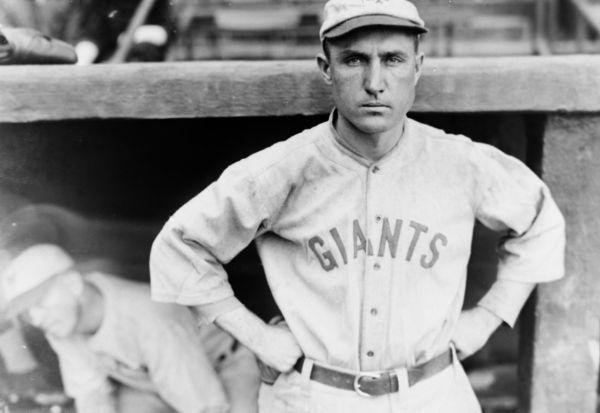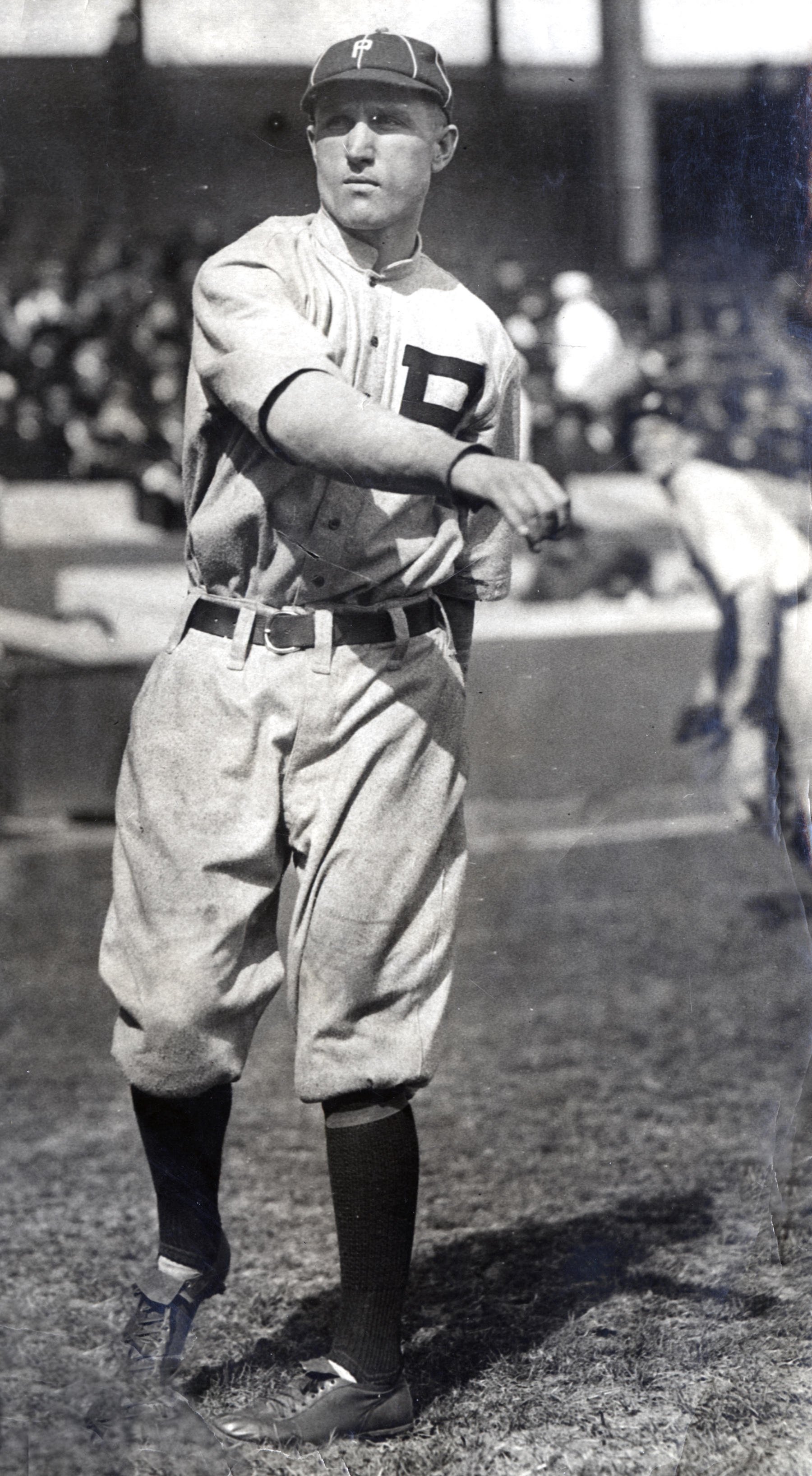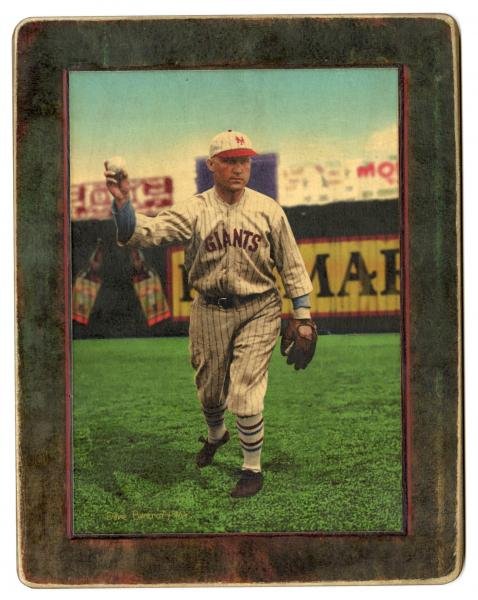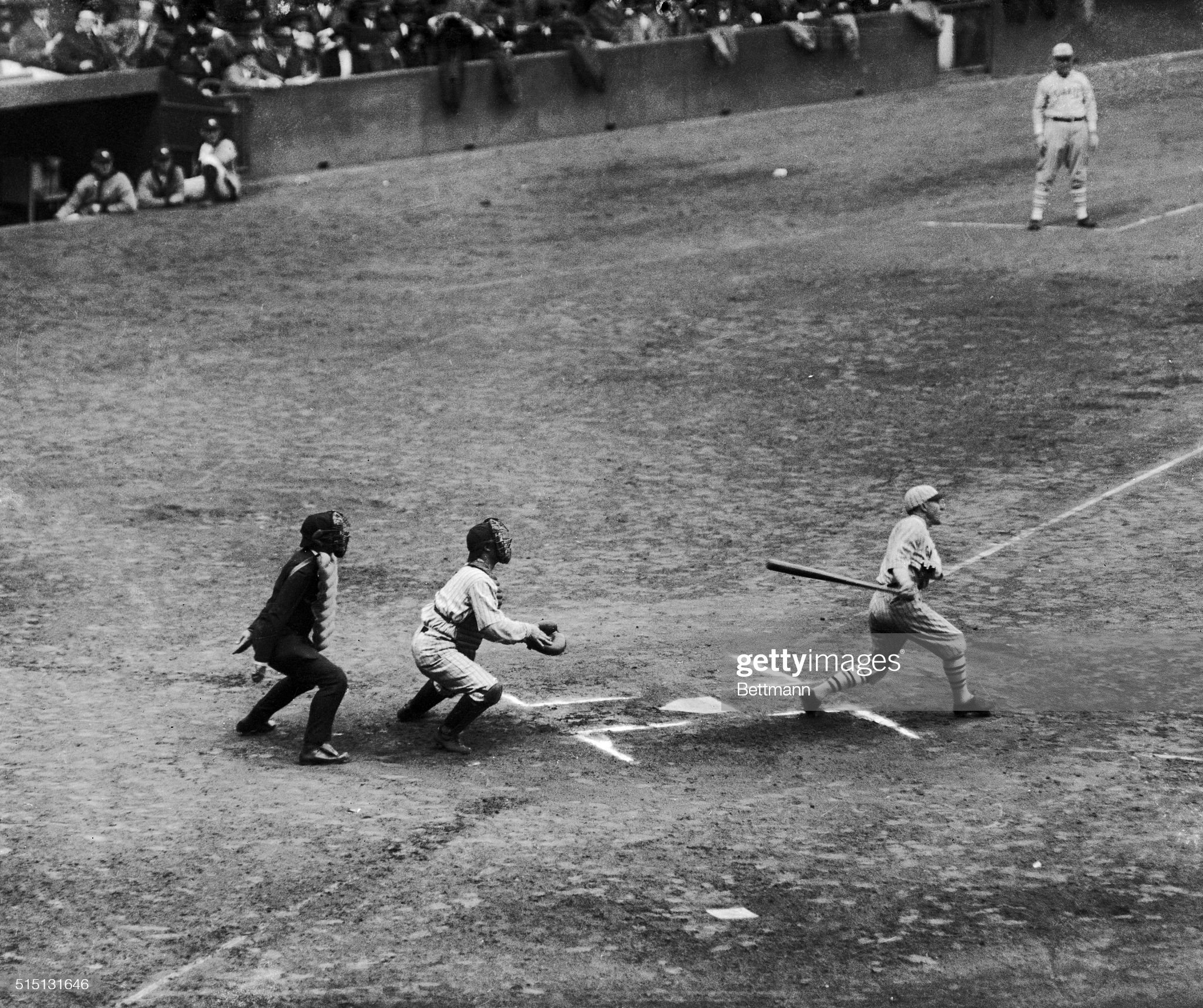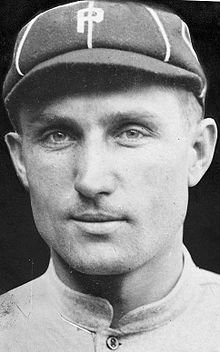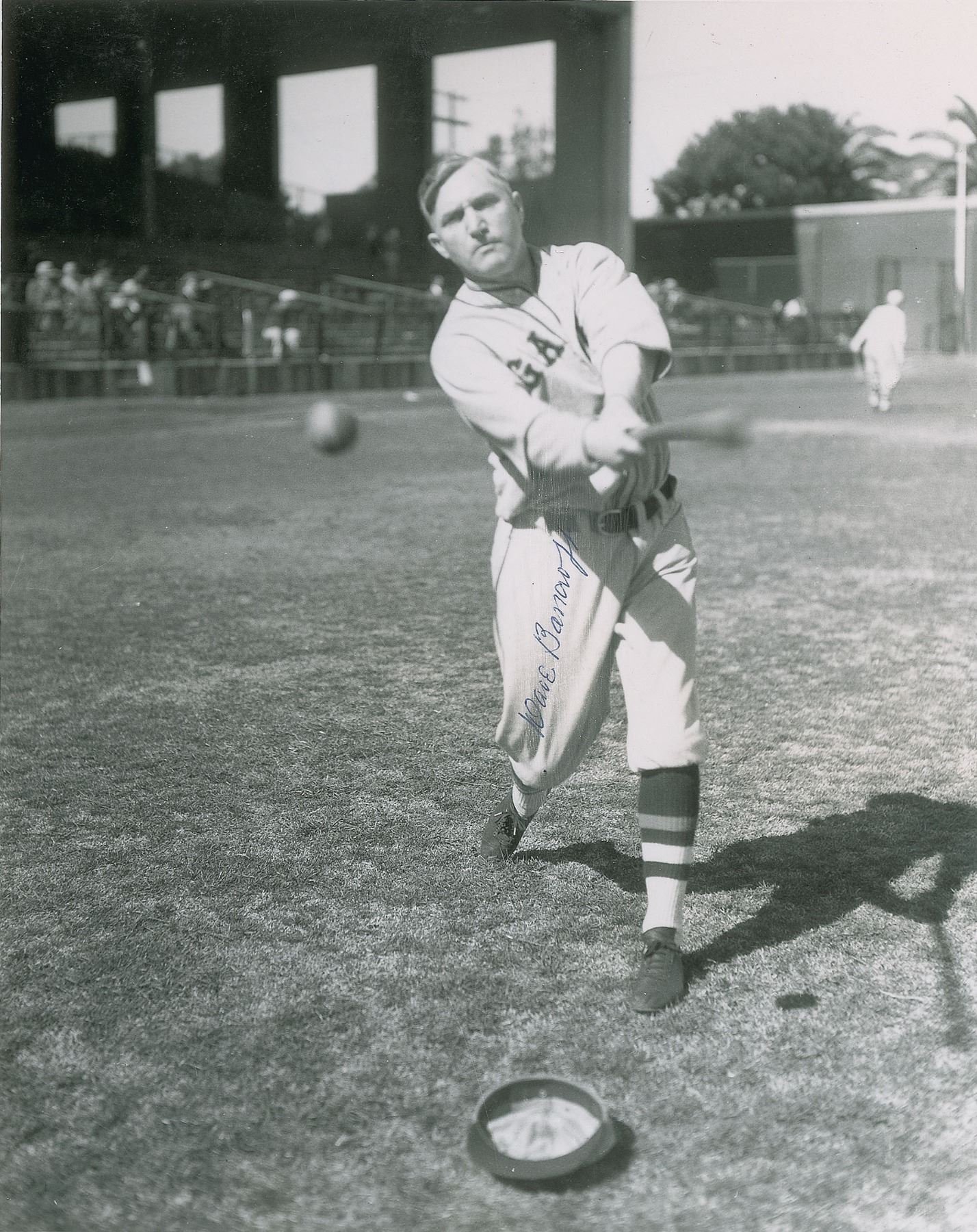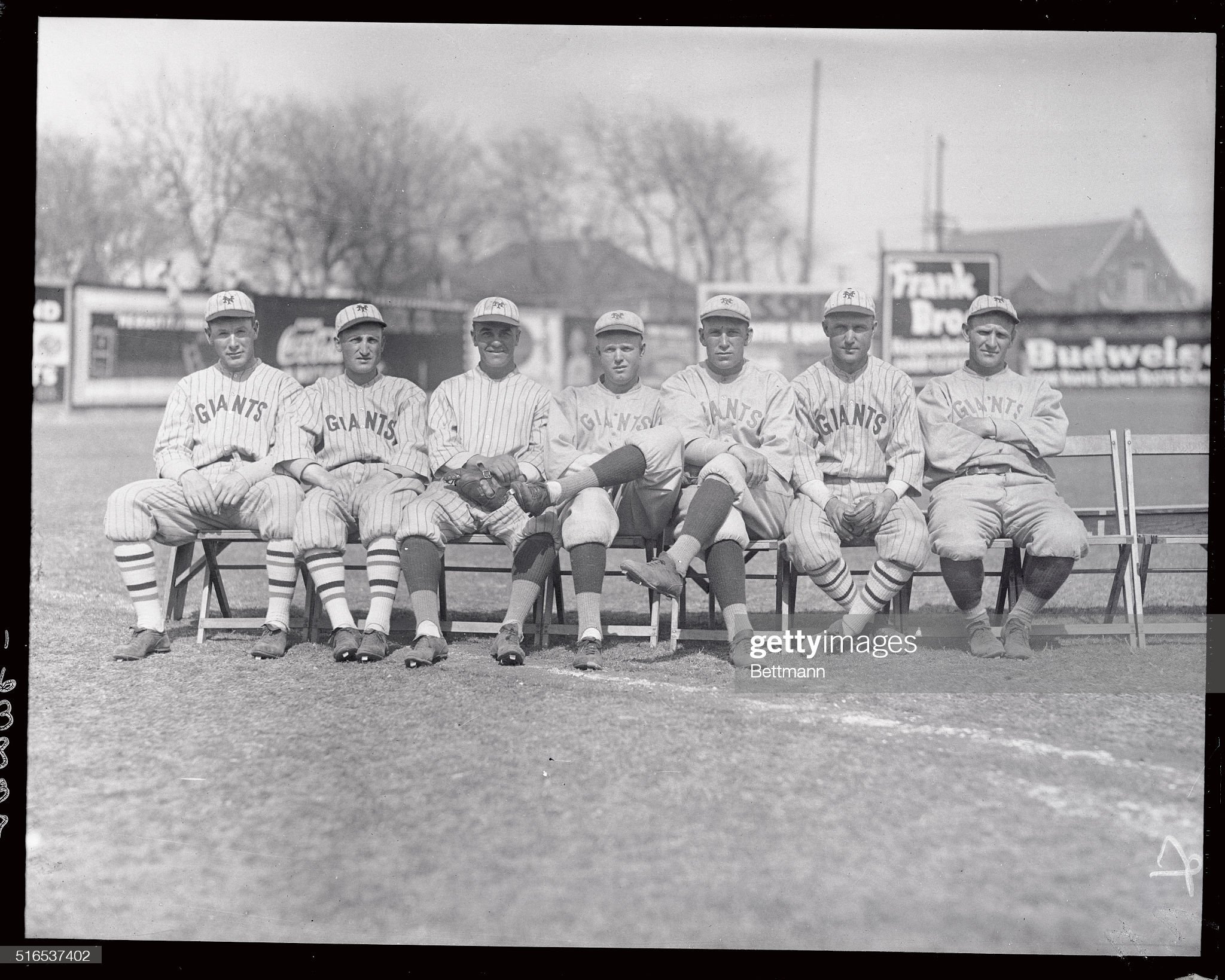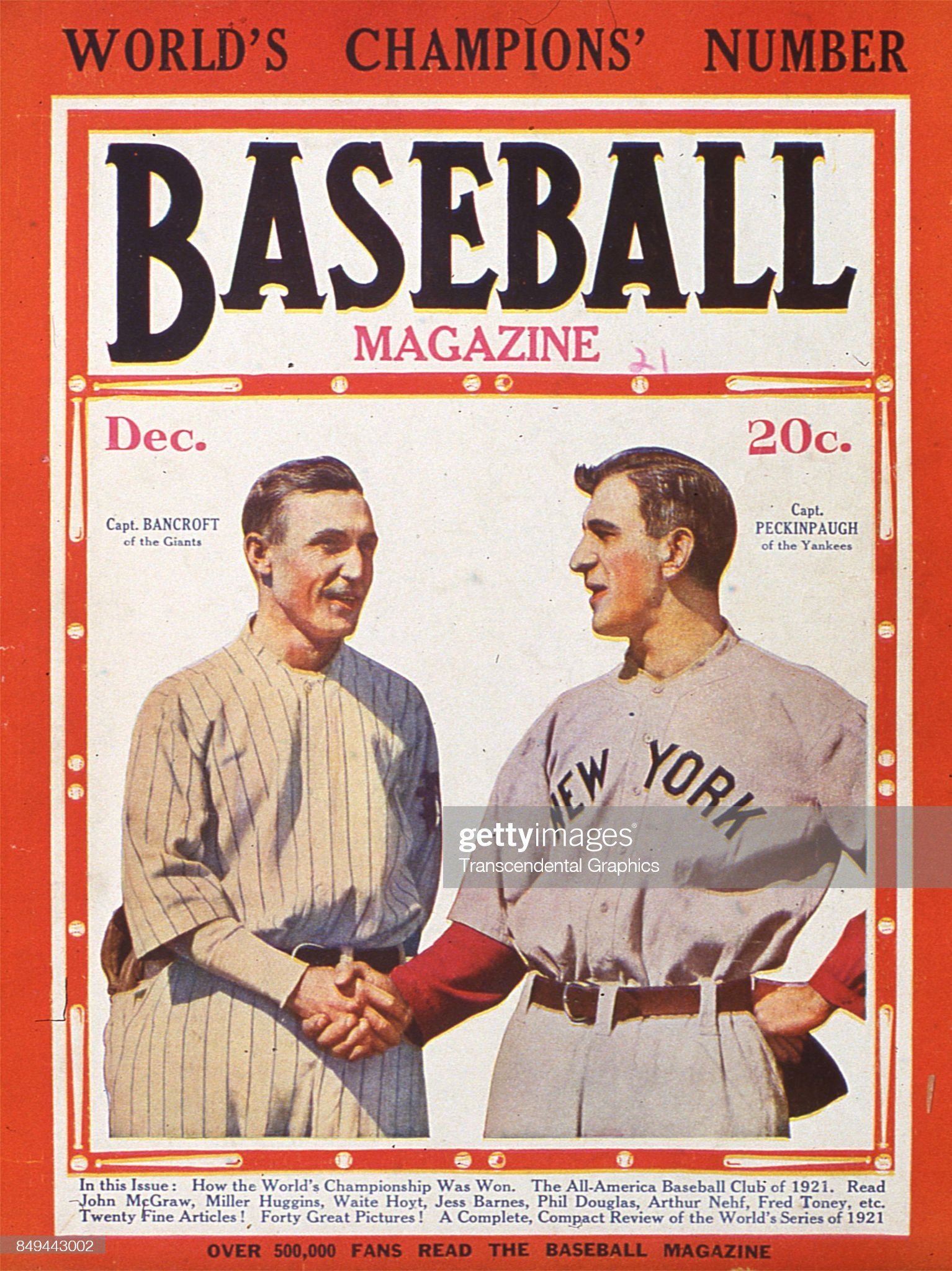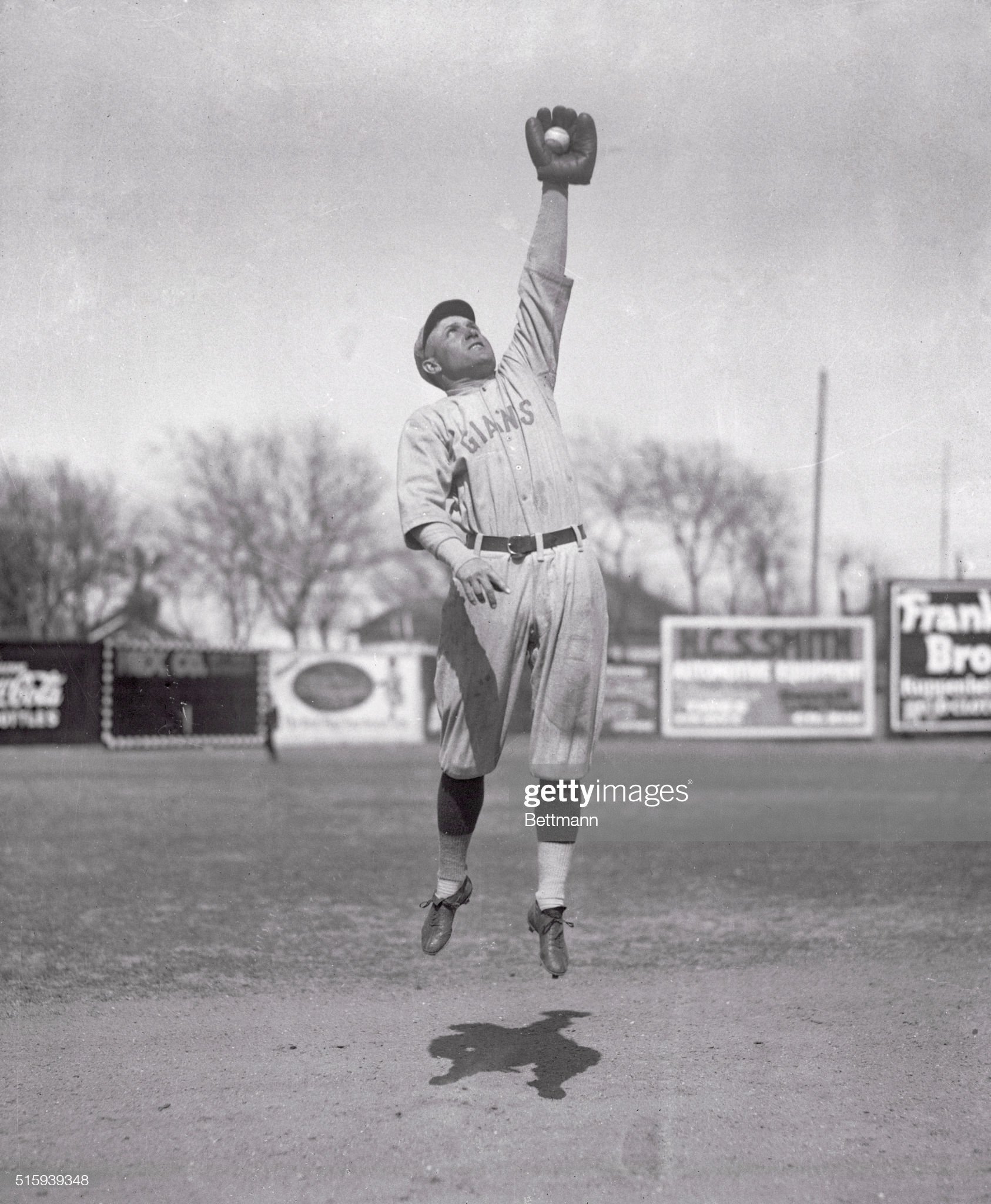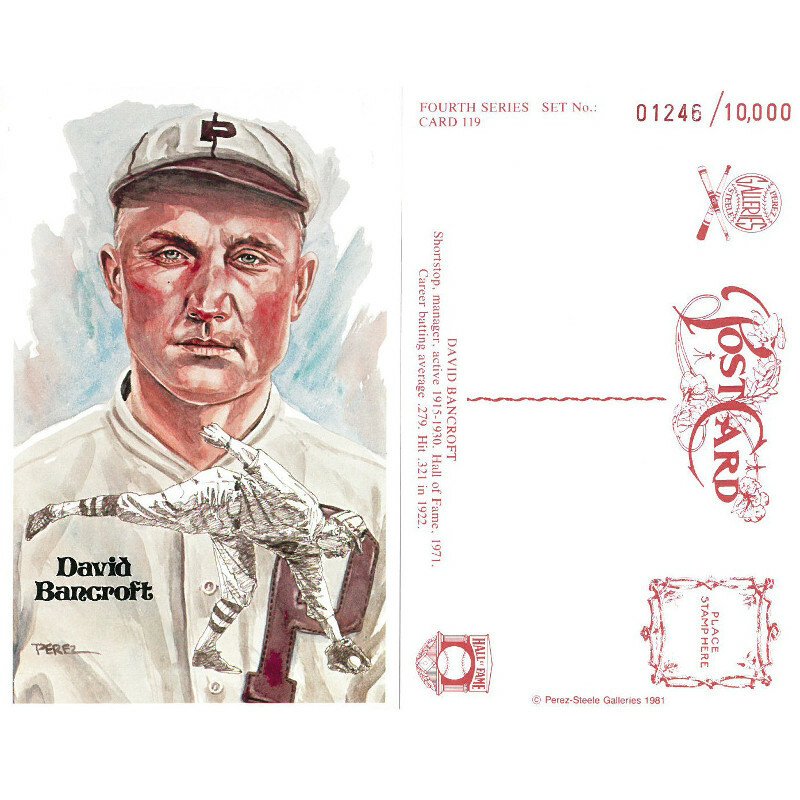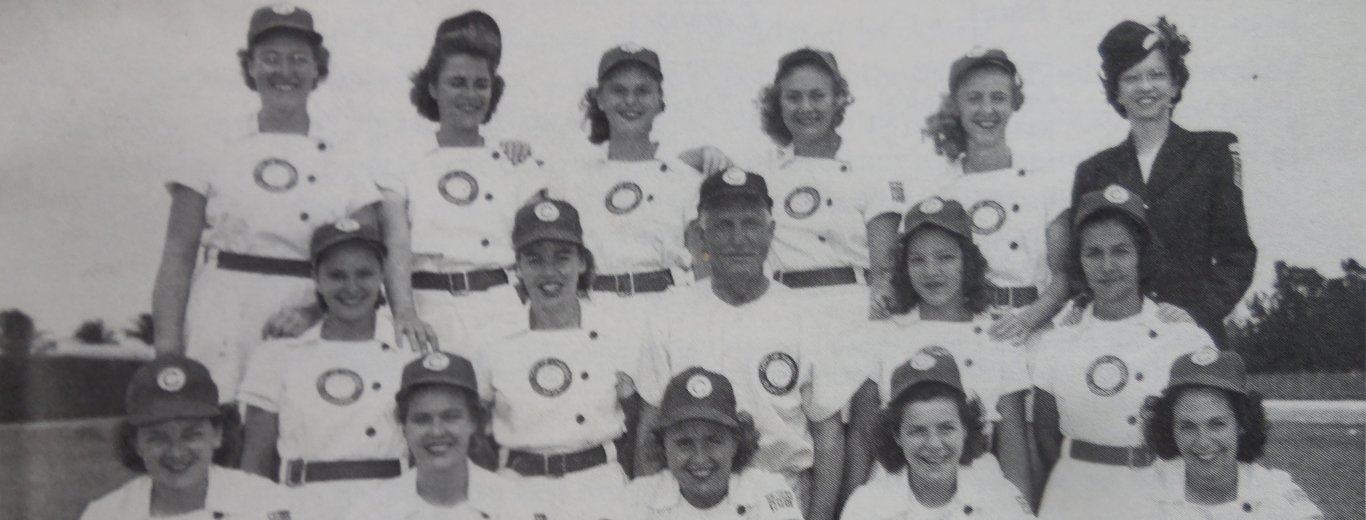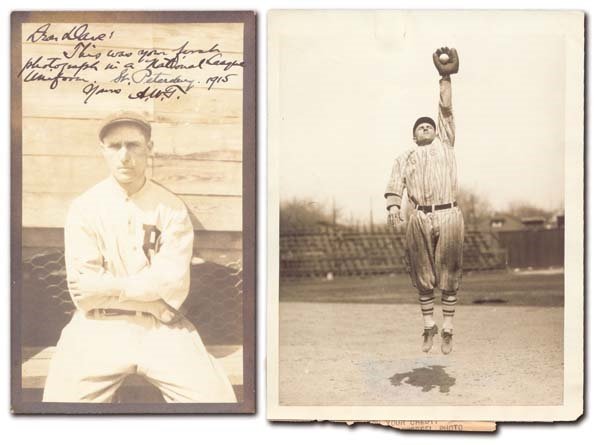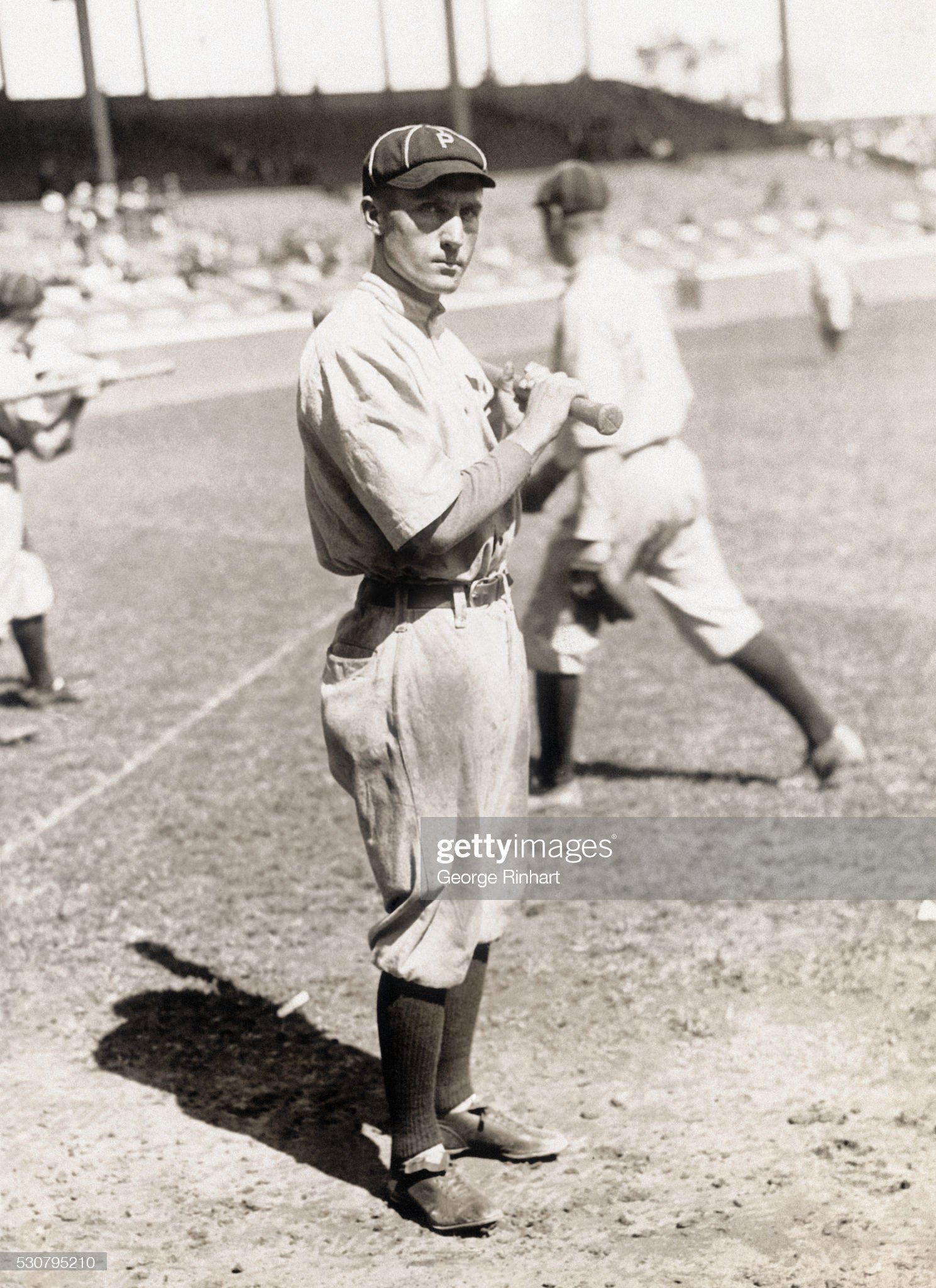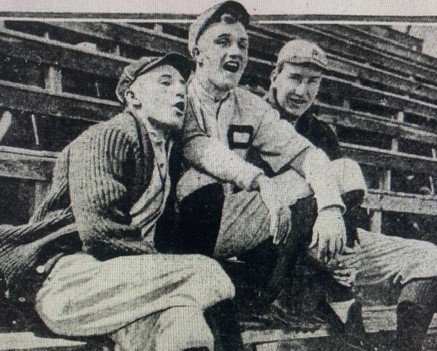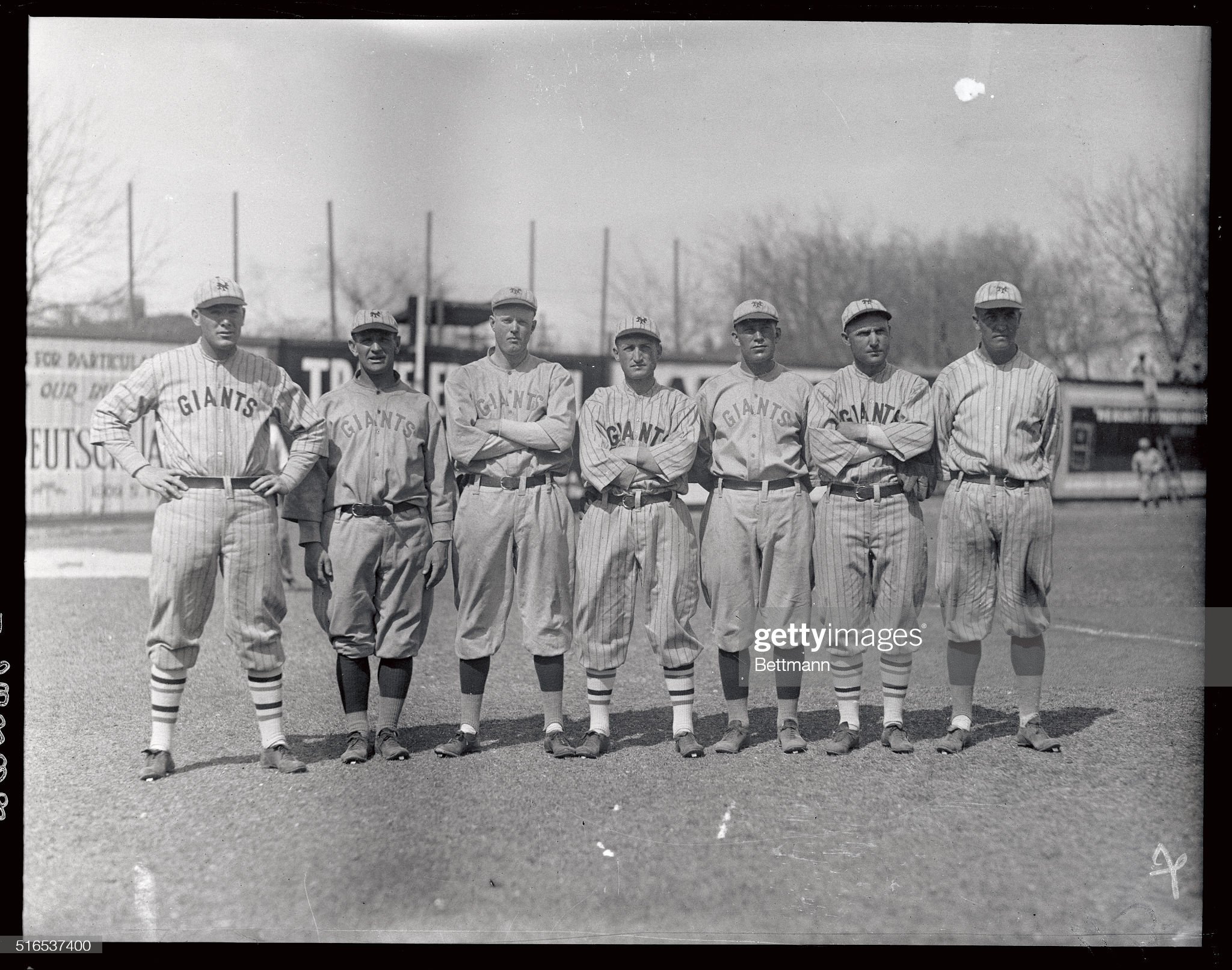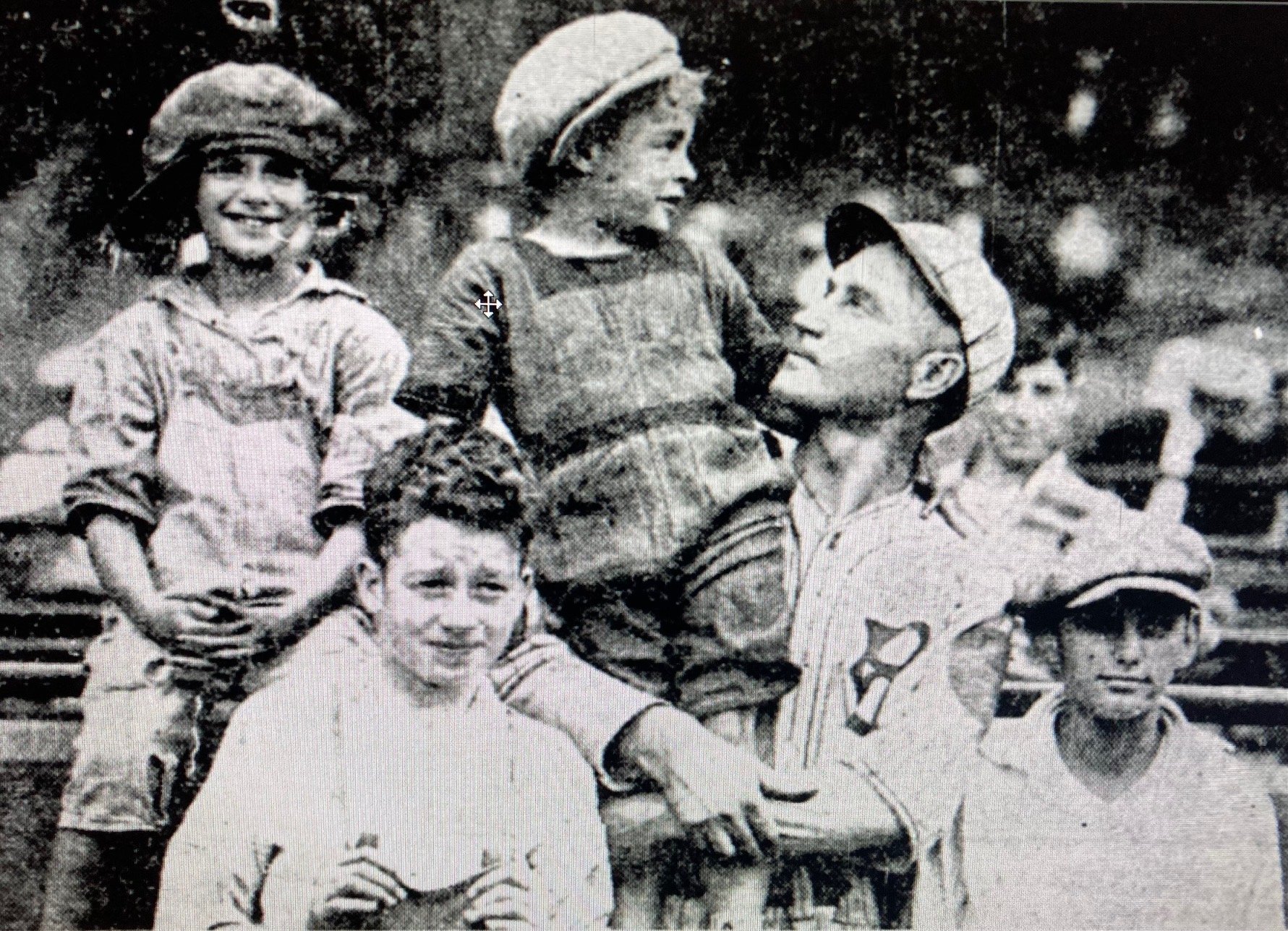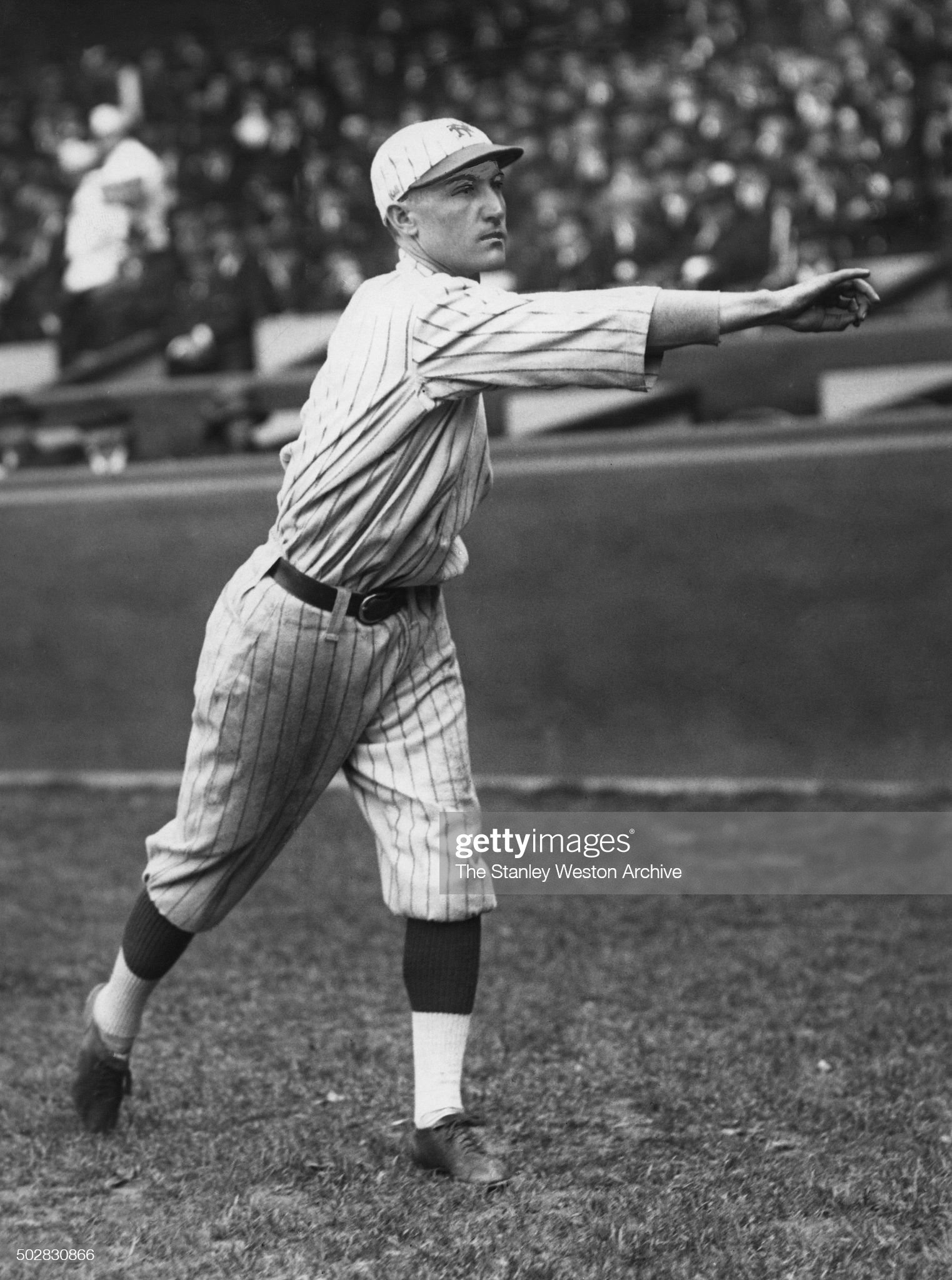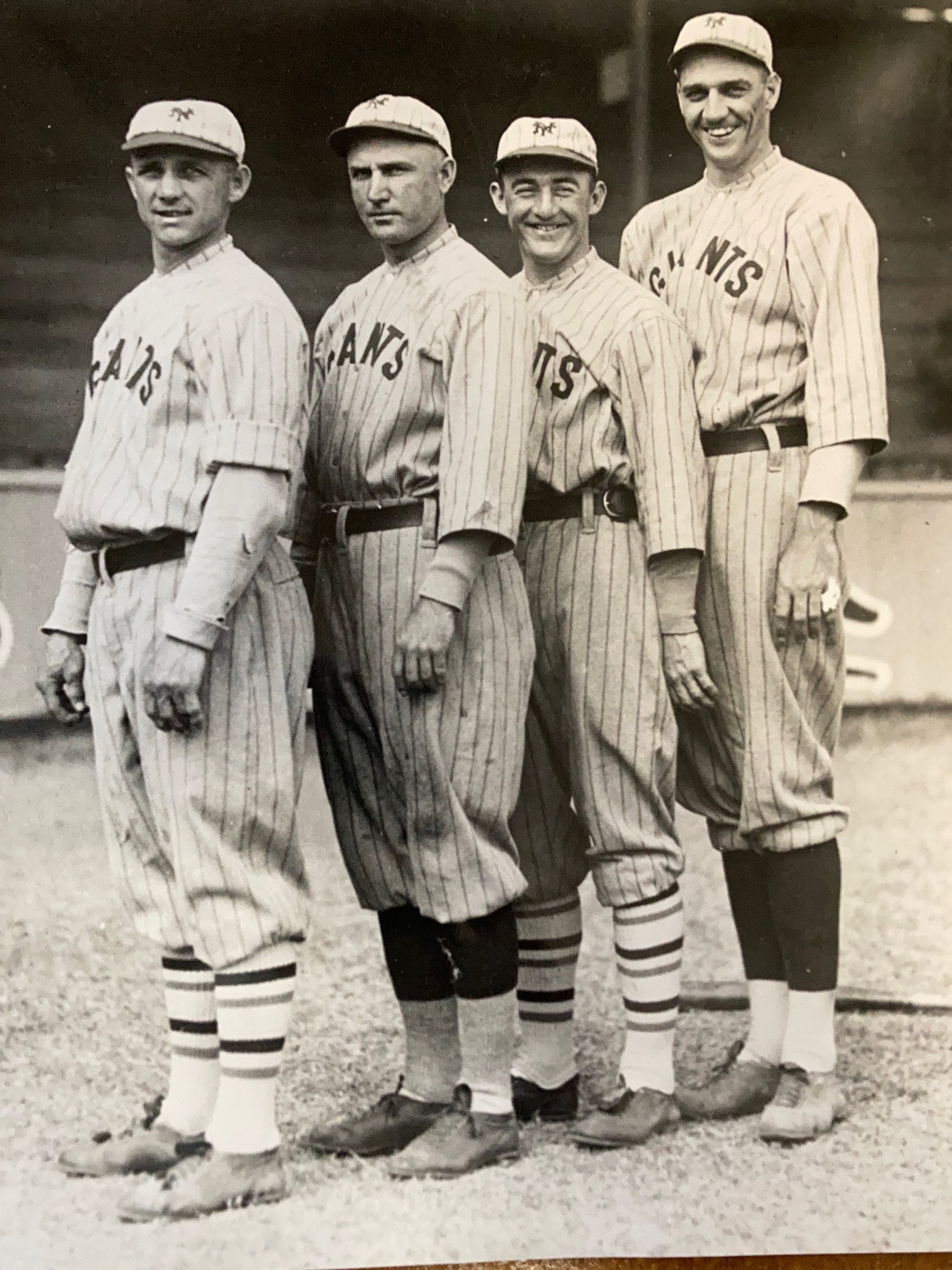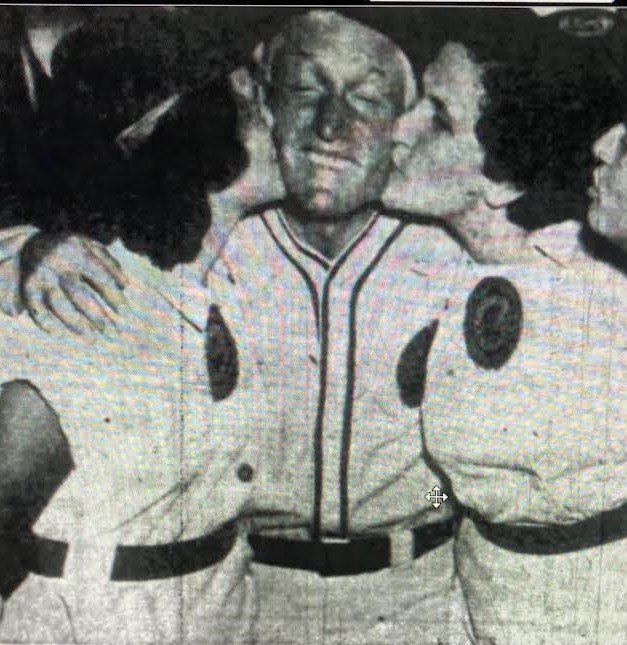"Dave Bancroft should not be in the Hall of Fame."
That's how this week's guest Tom Alesia's new book "Beauty at Short: Dave Bancroft, the Most Unlikely Hall of Famer and His Wild Times in Baseball's First Century" starts - a curious way to begin the first (and only) biography of one of Cooperstown's most underappreciated inductees.
A competent, if not unremarkable major league shortstop (Philadelphia Phillies, New York Giants, Boston Braves, Brooklyn Robins), and manager (Braves; All-American Girls Professional Baseball League Chicago Colleens, South Bend Blue Sox) - Bancroft was well short on statistical credentials (e.g., .279 lifetime batting average; just 32 career HRs; .406 managerial winning percentage) to warrant obvious inclusion.
But his solid play with the two-time World Series winning Giants in the early 1920s came in handy when two of his fellow players from those teams - Bill Terry and Frankie Frisch - became influential members of the Hall's Veterans' Committee in the late 1960s, and squinted hard to tap their collegial teammate for induction in 1971.
Part of a stable of early 1970s enshrinees labeled as Terry and Frisch "Giant cronies" (e.g., Jessie Haines, Chick Hafey, Ross Youngs, George Kelly, Jim Bottemley, Freddie Lindstrom), Bancroft was nonetheless one of his era's more prominent and popular figures - a "player's player," both on and off the field.
By the end of this conversation with Alesia, you'll understand why Bancroft's membership in the Hall of Fame actually makes sense.


